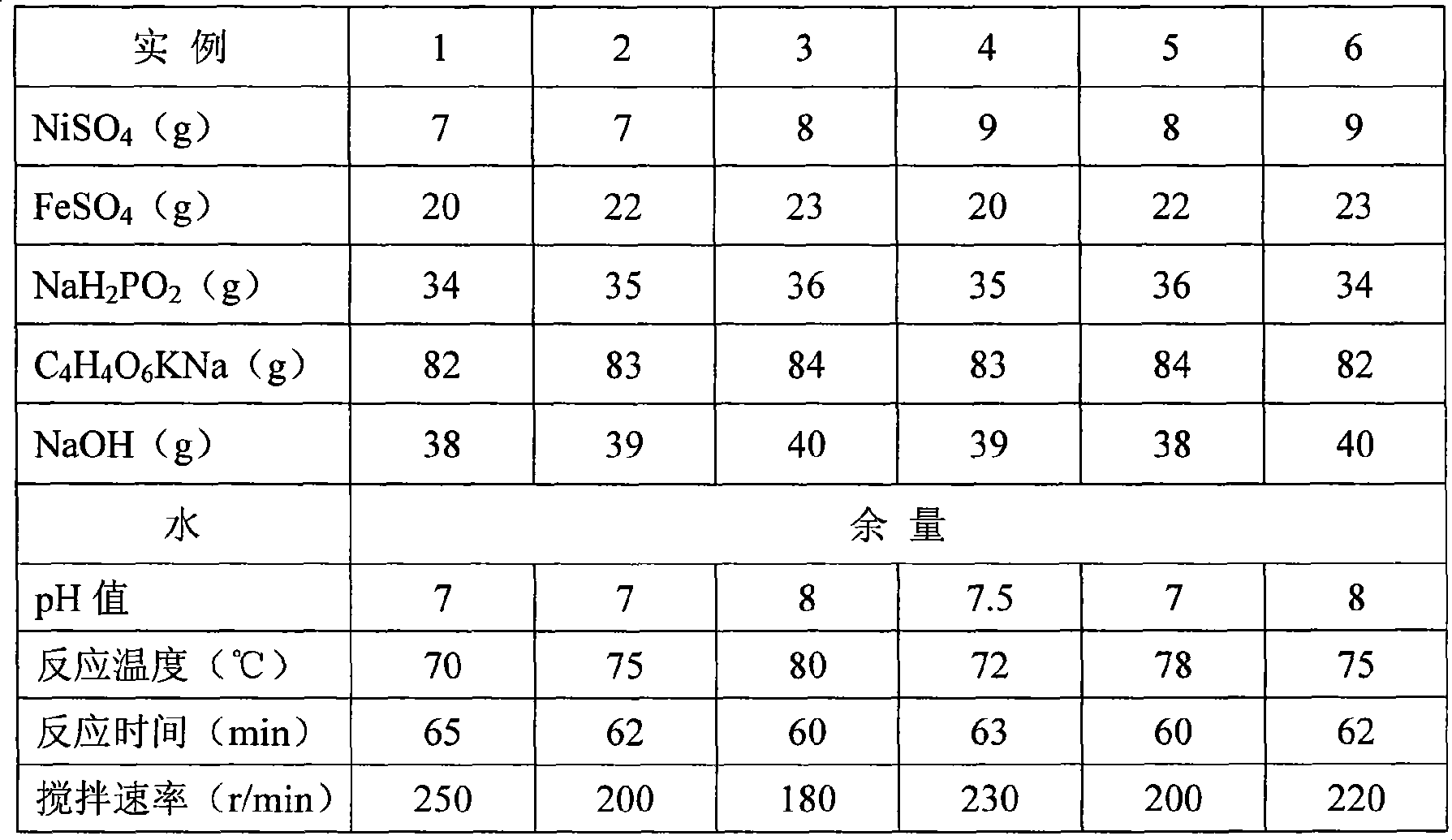Method for degradation of organochloride
An organic chloride and degumming technology, applied in chemical instruments and methods, water pollutants, water/sludge/sewage treatment, etc., can solve the problems of reduced activity, cumbersome biological methods, and difficult control
- Summary
- Abstract
- Description
- Claims
- Application Information
AI Technical Summary
Problems solved by technology
Method used
Image
Examples
Embodiment Construction
[0013] A method for degrading organic chlorides, the method is to use an adsorbent to adsorb organic chlorides contained in waste water. In the present invention, the adsorbent is a hollow glass microsphere whose surface is plated with a Fe-Ni alloy layer. The method comprises the steps of:
[0014] 1. Modification of hollow glass microspheres
[0015] a. The hollow glass microspheres are pretreated in the order of degreasing cleaning, coarsening, activation, reduction, degumming and post-degumming cleaning;
[0016] B, the surface of the hollow glass microspheres cleaned after degumming, plating Fe-Ni alloy layer with liquid phase electroless plating, then, cleaning, drying; In Fe-Ni alloy layer, Fe: Ni=2: 1 ~3:1;
[0017] 2. Degradation of organic chlorides with modified hollow glass microspheres
[0018] c. Fully mix the hollow glass microspheres coated with the Fe-Ni alloy layer with the waste water containing organic chloride according to the mass ratio of 1% to 1.2%,...
PUM
 Login to View More
Login to View More Abstract
Description
Claims
Application Information
 Login to View More
Login to View More - R&D
- Intellectual Property
- Life Sciences
- Materials
- Tech Scout
- Unparalleled Data Quality
- Higher Quality Content
- 60% Fewer Hallucinations
Browse by: Latest US Patents, China's latest patents, Technical Efficacy Thesaurus, Application Domain, Technology Topic, Popular Technical Reports.
© 2025 PatSnap. All rights reserved.Legal|Privacy policy|Modern Slavery Act Transparency Statement|Sitemap|About US| Contact US: help@patsnap.com



